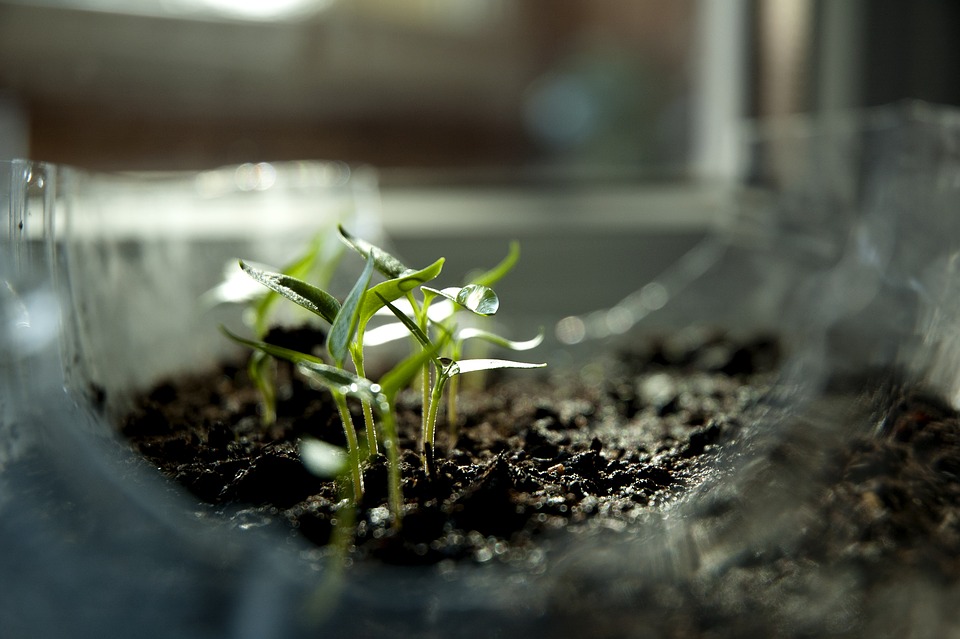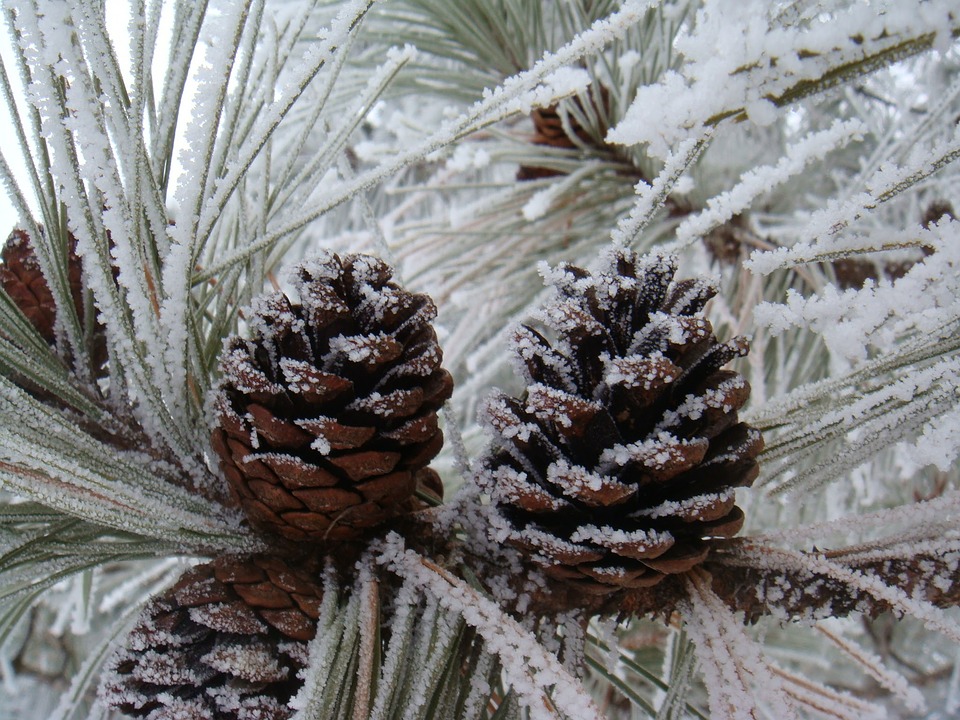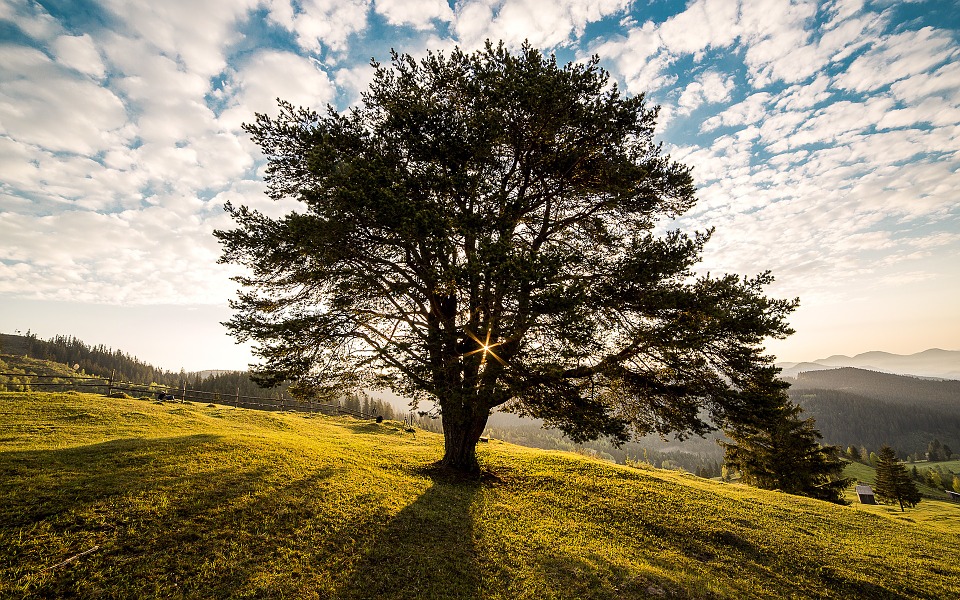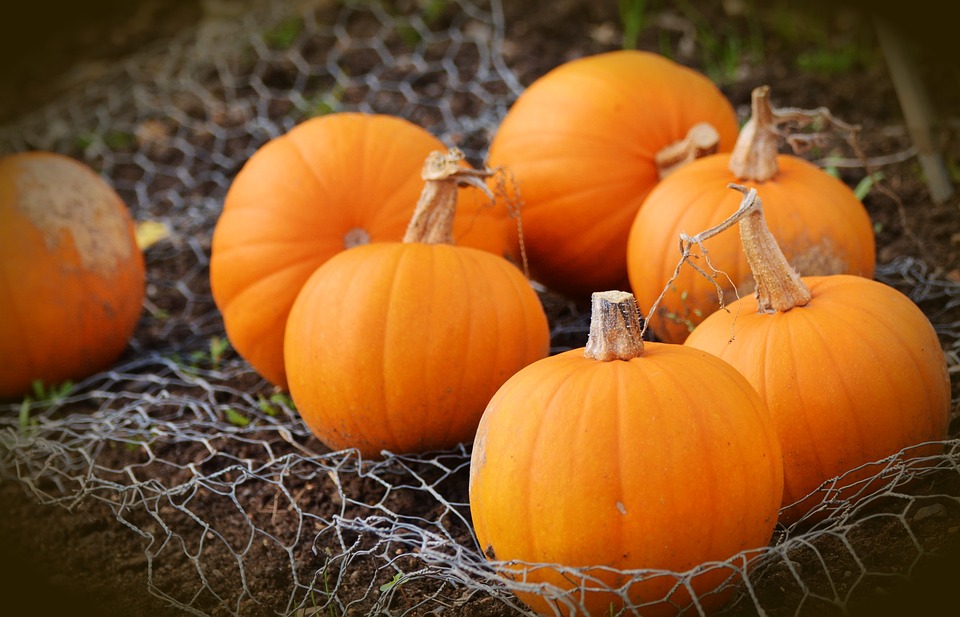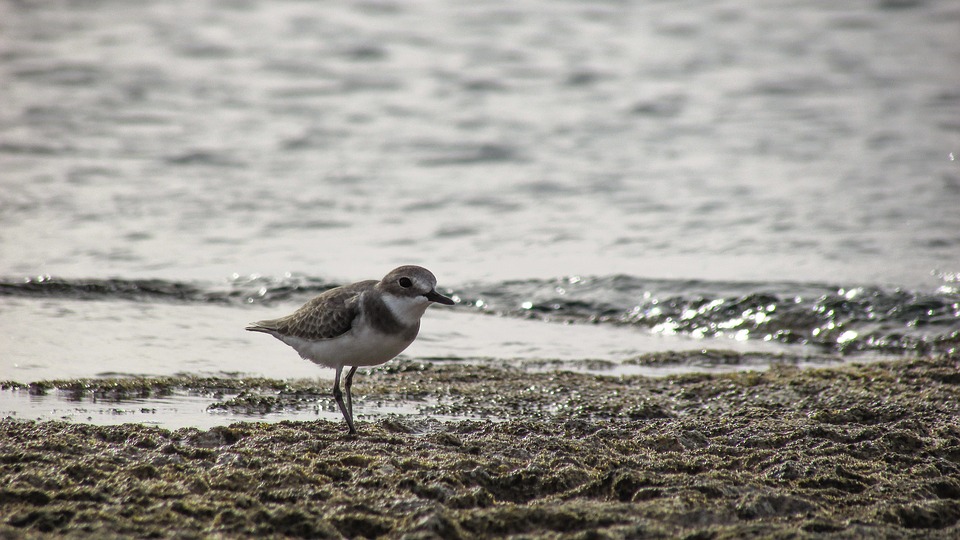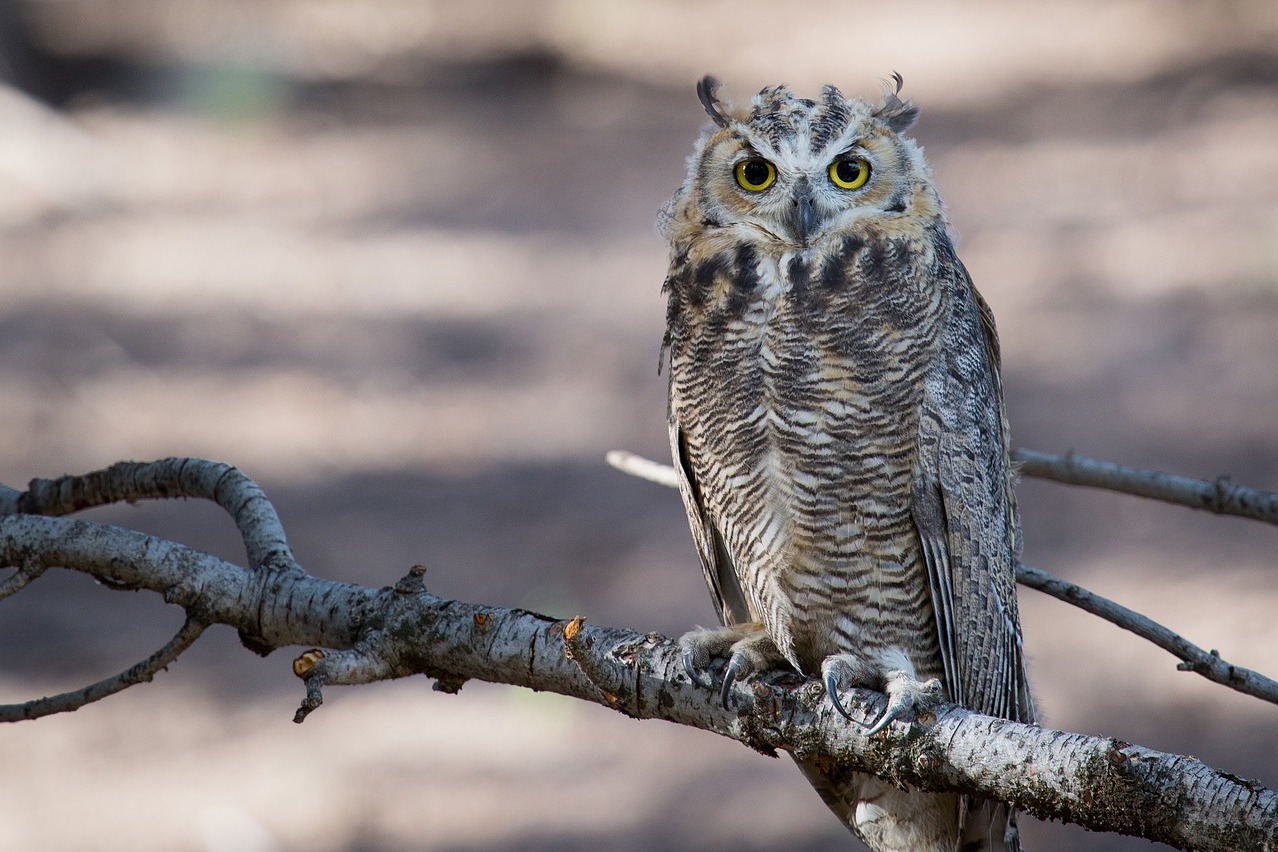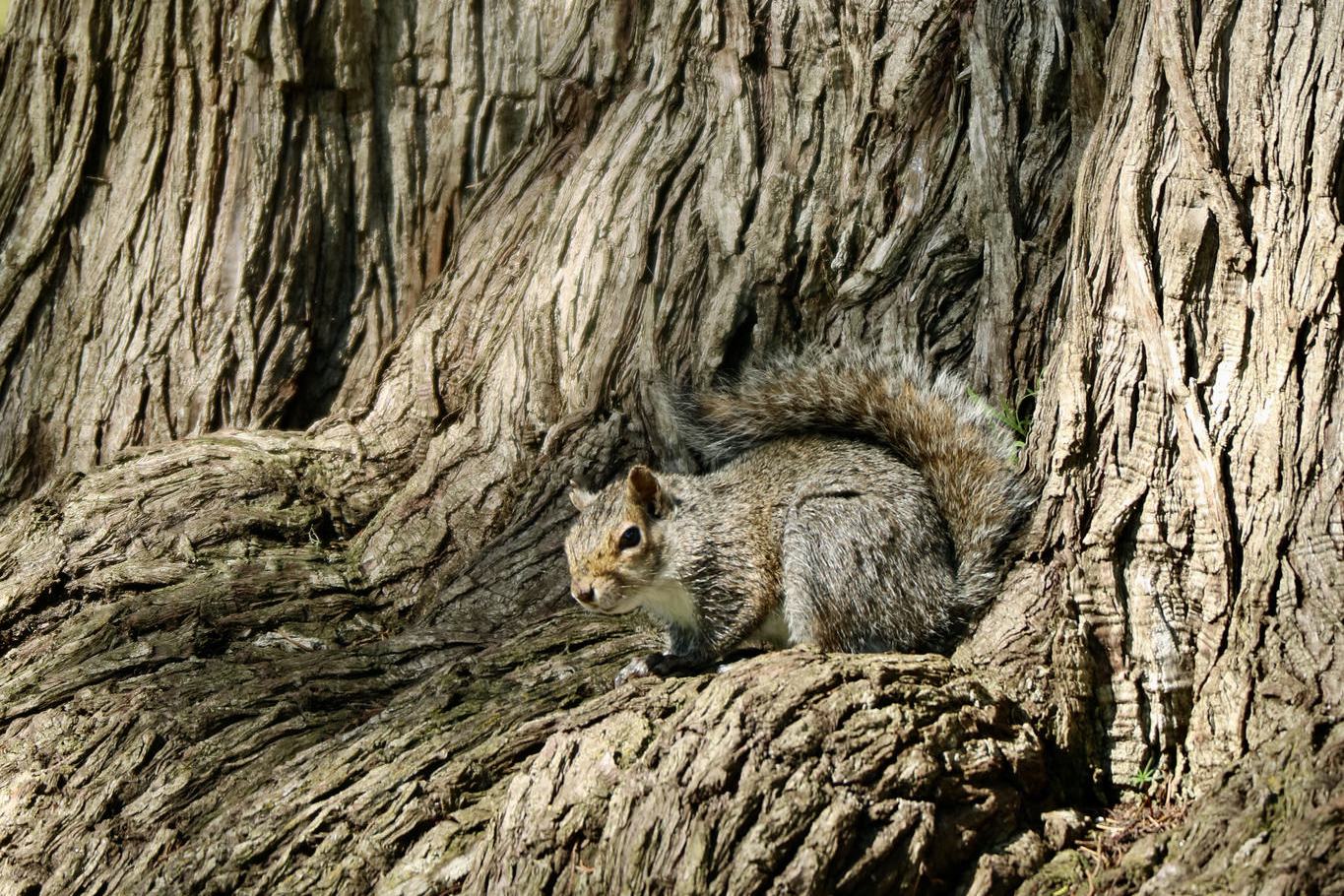May 18, 2018 | By Tammy Brown | Educator Tips, Getting Started
These stories will not only help students learn about trees, but more importantly, appreciate their significance and value. These books can help start a conversation about our relationship with nature, conservation, and life cycles.
March 18, 2018 | By Tammy Brown | Educator Tips, Getting Started
These fun, educational apps focus on topics such as food webs, climate change, trees, conservation, and weather and they complement Project Learning Tree’s lesson plans.
February 24, 2018 | By Tammy Brown | Educator Tips, Getting Started
Looking for inexpensive and interactive STEM activities for your classroom? Conducting science experiments with plants is an easy way to incorporate hands-on experiences to your curriculum.
January 16, 2018 | By Tammy Brown | Educator Tips, Getting Started
The winter environment offers an abundance of learning opportunities for preschoolers, even in cold climates. Here are 10 winter activities that you and your preschoolers can enjoy outdoors.
November 12, 2017 | By Tammy Brown | Educator Tips, Getting Started
Learning about trees is a great introduction to many subject areas – from science to music to geography. Here are some outdoor lesson ideas for students in any grade.
October 15, 2017 | By Tammy Brown | Educator Tips, Getting Started
The best way to keep your students focused and learning during the lead up to trick-or-treat is to bring Halloween into the classroom.
September 20, 2017 | By Tammy Brown | Educator Tips
To really understand how interconnected all life forms in an ecosystem are, it helps to experience those webs first-hand, inside and outside the classroom.
June 29, 2017 | By Tammy Brown | Educator Tips, Getting Started
If you have access to tablets, there are many educational apps that you can integrate into lesson plans. We’ve pulled together 12 science apps for middle and high school students on the topics of climate change, conservation, weather, and more.
June 5, 2017 | By Tammy Brown | Educator Tips, Getting Started
Incorporating art projects into a lesson plan about temperate deciduous forests is a great way to make learning fun. Using recycled and waste materials can make these projects more eco-friendly.
May 8, 2017 | By Tammy Brown | Educator Tips, Getting Started
Predators and prey animals use camouflage so they don’t attract too much attention. Here are examples of color matching, disruptive coloration, self-decoration, active camouflage, and mimesis.



